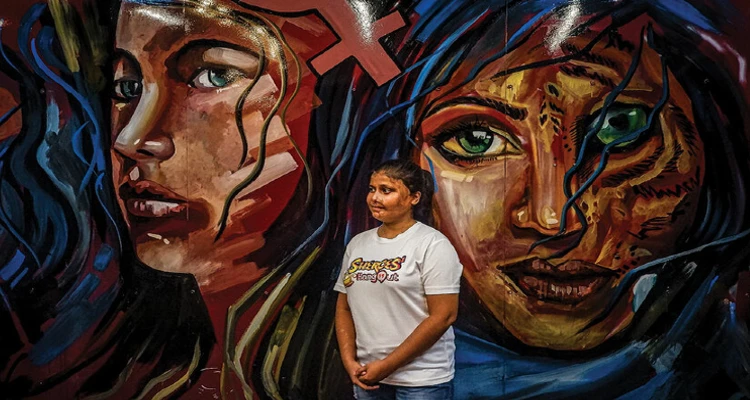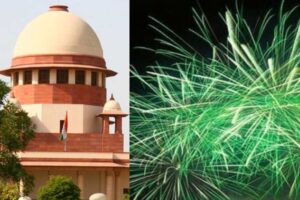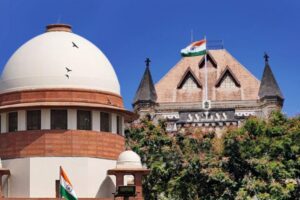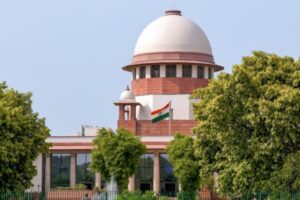
The Supreme Court on Friday issued notice to the Centre and others regarding a plea seeking directions for authorities to establish guidelines for alternative methods to conduct the Digital KYC process for acid attack survivors with permanent eye disfigurement or eye burns.
A bench of Chief Justice of India DY Chandrachud, along with Justices JB Pardiwala and Manoj Misra, stated that the matter would be taken up in July.
E-KYC for Acid Attack Survivors
The plea was filed by nine acid attack survivors, including Pragya Prasun. It urged the top court to direct the respondent authorities to create appropriate guidelines providing alternative methods for conducting the Digital KYC/e-KYC (Electronic Know Your Customer) process for acid attack survivors with permanent eye disfigurement or eye burns, aiming to make the process more accessible and inclusive for all disabled persons, particularly acid attack survivors.
Facing Obstacles in day-to-day lives
The petitioners reported facing numerous obstacles with various regulatory authorities and public and private establishments in different sectors, hindering their access to basic financial and telecommunication services.
“The following accessibility barriers were faced by the Petitioners herein due to their inability to blink and thus complete their Digital KYC/e-KYC process while attempting to avail basic goods and services essential to leading a life with dignity, autonomy, and equality, and participating in day-to-day life,” the petition stated.
Petitioners’s Plea
The petition also sought directives for public and private establishments conducting the Digital KYC/e-KYC process to implement the aforementioned guidelines effectively and to frame organizational policies providing alternative methods for acid attack survivors with permanent eye disfigurement or similarly placed individuals to complete their Digital KYC/e-KYC process.
Additionally, the petition requested the Central Government to frame provisions to expand or clarify the interpretation of “live photograph” in the RBI – KYC Master Directions, 2016, for conducting the Digital KYC/e-KYC process. This would expand its criteria beyond eye blinking to include other alternative criteria such as movements of facial features and/or voice recognition.
Furthermore, the petition sought directions for the RBI to amend or create suitable alternatives to satisfy the requirement of a “live photo” in the Digital KYC/e-KYC process under the RBI – KYC Master Directions, 2016, enabling acid attack survivors with permanent eye disfigurement and similarly placed individuals to conduct the KYC process independently.
The petition also called for the RBI, SEBI, and TRAI to issue instructions to all public and private organizations and institutions they regulate, including banks, financial institutions, service providers, and intermediaries where KYC is conducted, to adopt and follow offline or physical KYC procedures for acid attack survivors with permanent eye disfigurement and similarly placed individuals who cannot blink their eyes for the Digital KYC/e-KYC process.
Additionally, it sought to sensitize all public and private establishments conducting the Digital KYC/e-KYC to actively assist acid attack survivors with permanent eye disfigurement and similarly placed individuals in availing banking, telecommunication, and other financial services.




